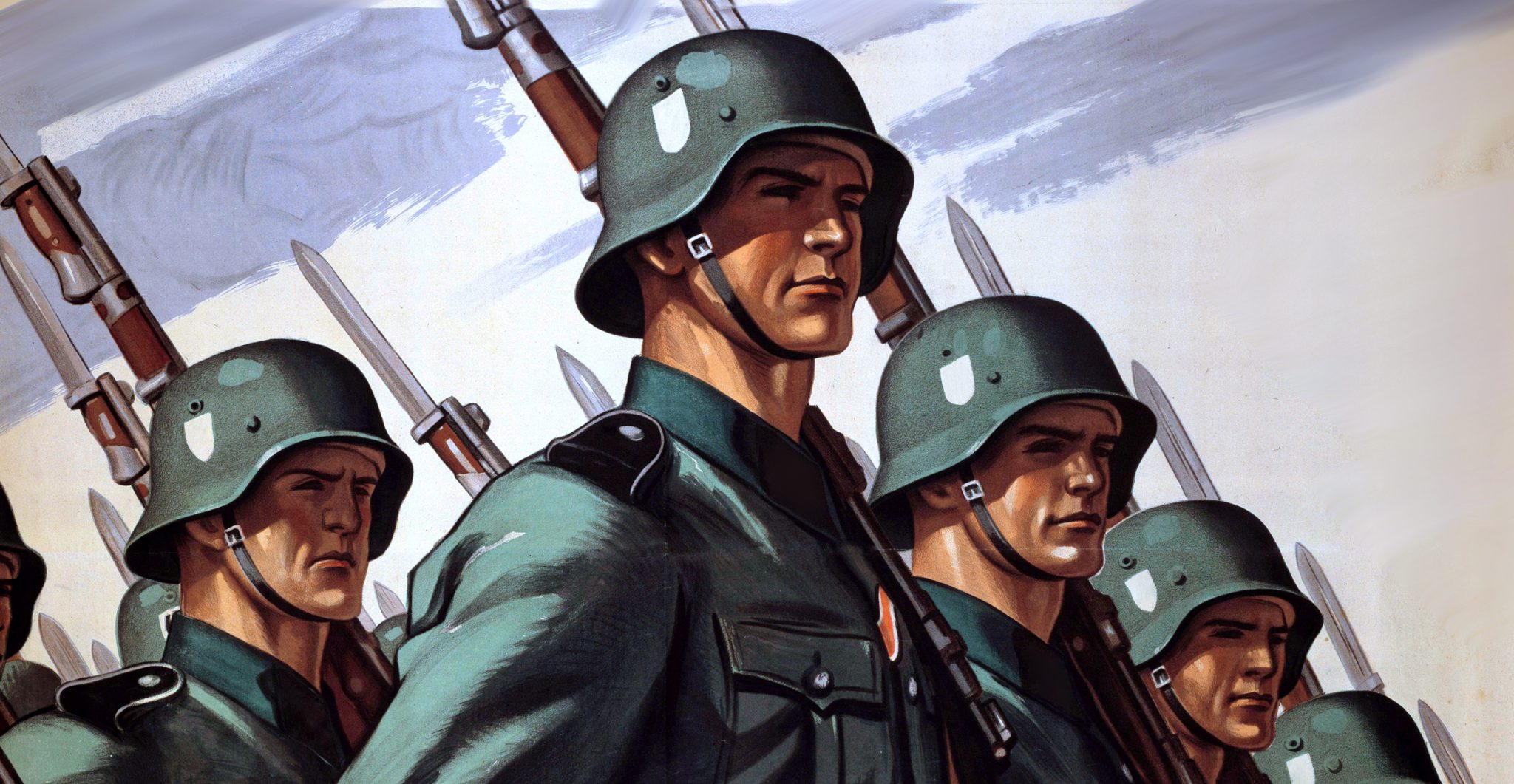The Schutzstaffel, or SS, was one of the most infamous fighting forces in history. The political shock troopers of the German Nazi party, they were responsible for most of the fiercest fighting and worst atrocities of WWII.
These are some of the key moments in their rise and fall.
Founding
In 1923, the growing Nazi Party created a small unit of volunteer guards. Their role was initially to protect party meetings. Over time, they became bodyguards to Adolf Hitler, the leader of the party.
That organization, renamed several times during its early days, was the beginning of the SS.
Himmler Takes Charge
In April 1929, Heinrich Himmler took charge of the SS. An agricultural chemist and veteran of WWI, Himmler was the man who gave the SS much of its distinct identity and character.
Himmler was a great believer in racial purity and ethnic superiority. He sought to ensure the SS only contained men who were ethnically “pure.” Despite his own physical failings, he also attempted to recruit the physically “superior.” He rejected candidates with any flaws; such as having a filling.
Himmler oversaw a vast growth in the size of the SS, from 400 members in 1931 to 50,000 in 1933.
Gaining Police Powers
In 1933, Himmler became police president in Munich. He also gained control of police forces in other German states. Using his authority, he extended the powers of the SS, using them for political policing and terror tactics.
At the same time, under orders from Hitler, the SS began receiving military training.
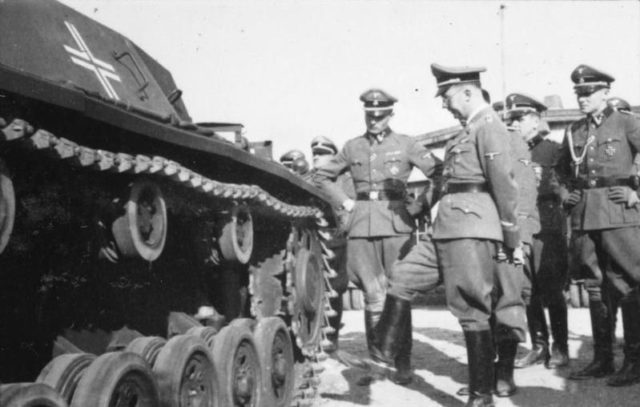
The Headquarters Guard
The Nazis were, by 1933 the official German government. Hitler created a new unit of the SS to protect him and the Reichschancellery in Berlin. Known as the SS Headquarters Guard Dietrich after their leader, Sepp Dietrich, it contained 117 men.
The Night of the Long Knives
In 1934, tensions within the Nazi Party came to a head.
The Sturmabteilungen, or SA, were the original paramilitary force of the party. Led by Ernst Röhm, they were aligned with a more anti-capitalist, less racially oriented agenda than Hitler. Their strength lay more in traditional veterans than the SS’s radicalized racial idealists.
In the Night of the Long Knives, Hitler used the SS to destroy the SA. The SS were now the prime paramilitary force of the party and the nation it led.
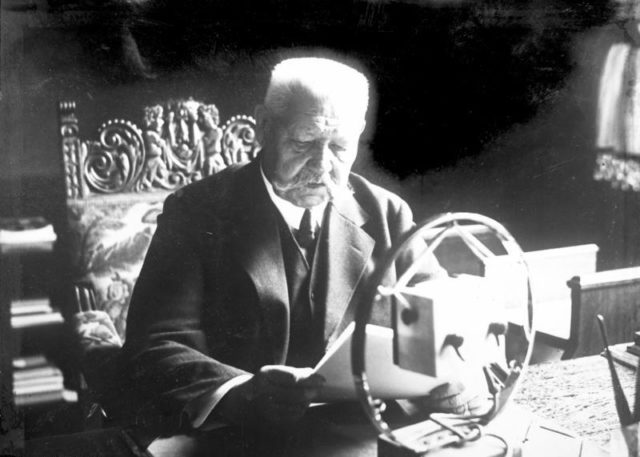
Hindenburg’s Death
On the death of Hindenburg, Hitler amalgamated the roles of Chancellor and President. His power expanded more than ever; he made the army swear oaths of loyalty to him. He also reaffirmed the SS’s powerful and independent status.
Founding of the Verfüngstruppe
In 1935, Himmler created the Verfüngstruppe, or Reserve Force, which would become the Waffen-SS or Armed SS. The SS was turning into an alternative army existing alongside the less politicized main national force.
Saarland
Also in 1935, the SS were used to influence a vote in the Saarland. The vote was to decide on whether to be part of the German Reich. Elite SS troops were sent there in advance. As well as providing an intimidating presence, they showed the virtues espoused by Nazism – strength, discipline, and health.
Approval for Wartime Use
In 1938 the Waffen-SS’s military role was officially acknowledged. They were to be used for special internal political tasks or in cooperation with the army during wartime.
In the event of war, the SS were to fight under the command of the military. However, their recruitment, administration, and peacetime deployment were still in Himmler’s hands.
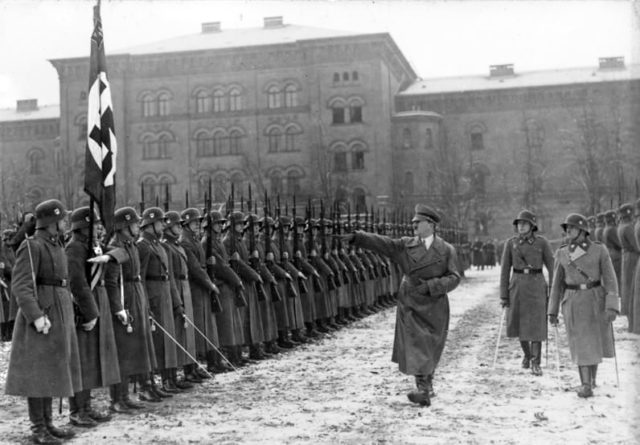
Start of WWII
From the outset of WWII, the SS served alongside the army. They were present during the 1939 invasion of Poland.
Their service in the West became an indicator of what was to come. They took part in the swift defeat of Holland and the British containment at Dunkirk. They launched a courageous assault across the River Lys. They also massacred prisoners of war.
The SS were brave, ruthless, and cruel.
Recruitment from Outside Germany
Throughout the war, the SS continued to grow.
Not all its members came from Germany. By 1941, the Wiking division consisted of volunteers from occupied countries – Norway, Denmark, and the Low Countries. They were men drawn to the ideology of the Nazi party, willing to fight for the invaders in the name of racial supremacy and military dictatorship.
1st SS Panzer Corps
As the war progressed, the responsibilities of the SS grew.
Away from the front lines, SS troopers ran the concentration camps in which millions of people were murdered. Amongst the appalling atrocities in human history, those carried out by the SS were the worst.
On the military front, larger and larger units were raised in the name of the SS, with ever greater resources provided for them. In April 1943, Hitler ordered the creation of the 1st SS Panzer Corps, under Dietrich’s leadership.
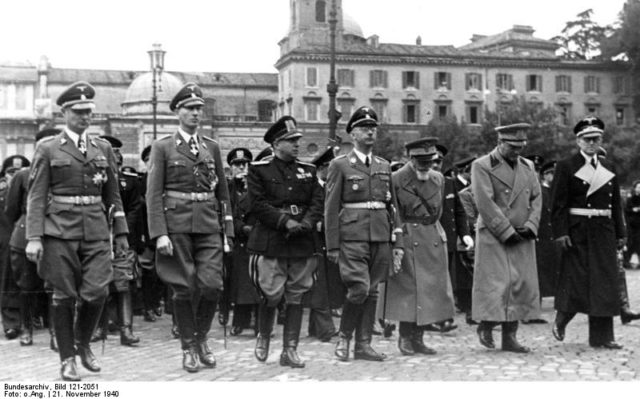
Trained and organized in Normandy, the unit was present when the Allied invasion began in 1944. It was initially unable to reach the fighting, due to Allied bombing.
In September, Dietrich was ordered to create an SS Army – the 6th Panzer Army. That force spearheaded the catastrophic attack through the Ardennes that became the Battle of the Bulge. There they suffered heavy casualties in a costly failure. They failed again when they were used to defend oil reserves in Hungary in Operation Spring Awakening.
Outlawed
After the war, many members of the SS were tried for war crimes. The SS itself was made illegal.
The SS were Germany’s fighting elite. They also committed the nation’s worst atrocities. Those two elements came from a culture of strength, elitism, and racism. Their history was as cruel as it was dramatic.
Sources:
Richard Holmes, ed. (2001), The Oxford Companion to Military History
James Lucas (1996), Hitler’s Enforcers: Leaders of the German War Machine 1939-1945
